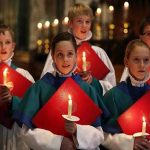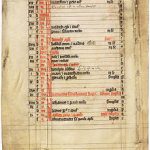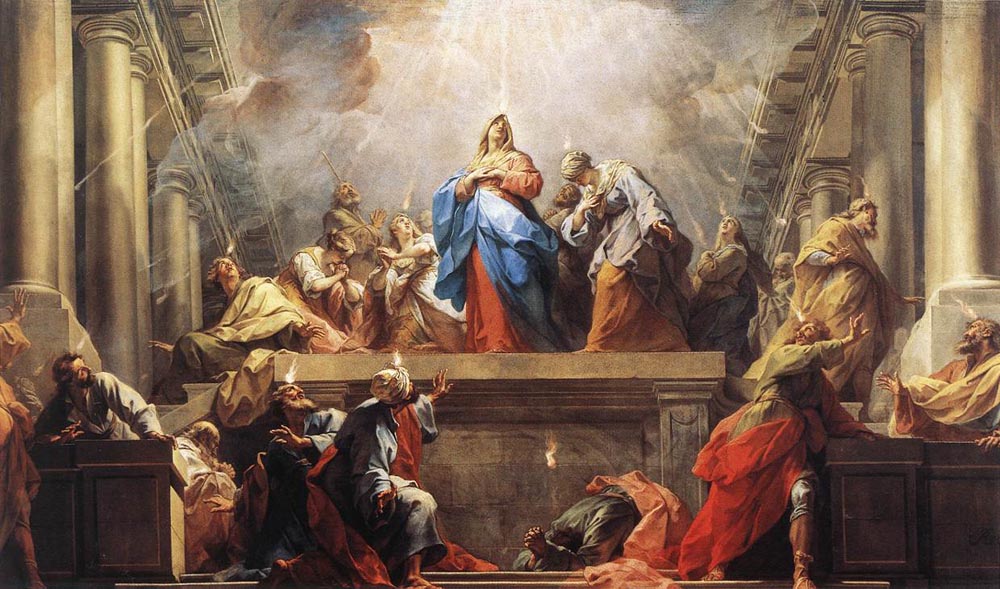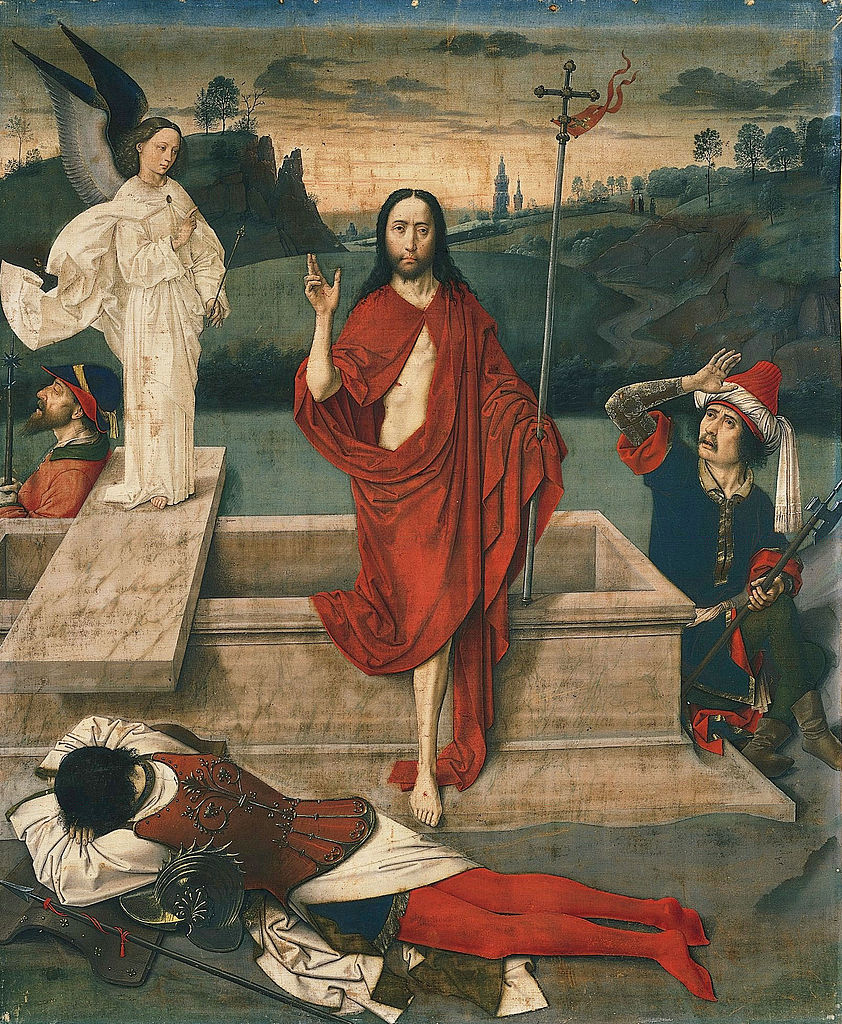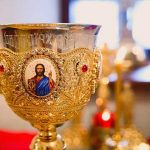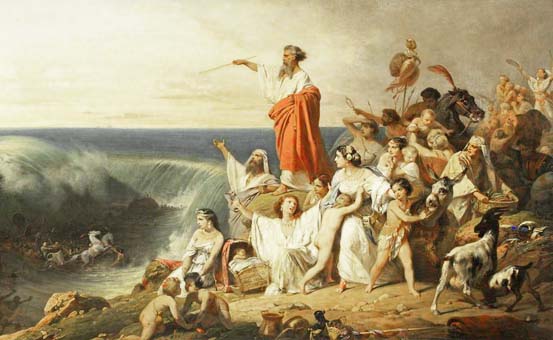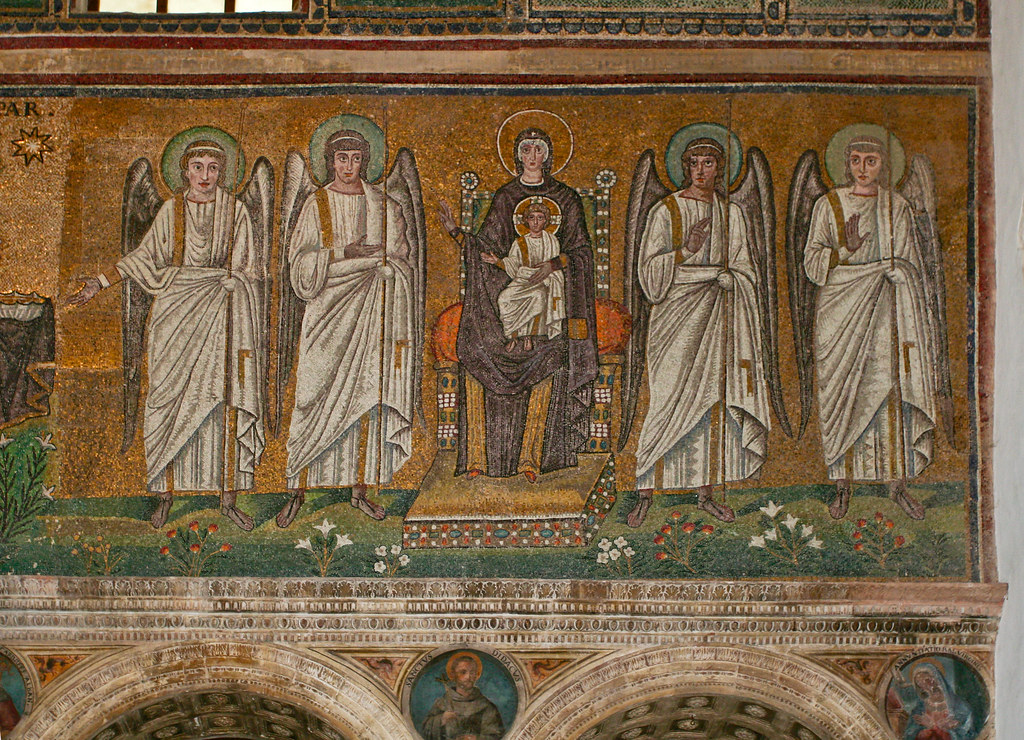 Christ makes his saving work present in the liturgy of the church year
Christ makes his saving work present in the liturgy of the church year
We often celebrate various family and national celebrations.
The Church also has its own ceremonies to commemorate the events of Christ's life, The Church and its saints. Are these church celebrations the same as those celebrations? ?
Sunday is the day of the resurrection of Jesus Christ
Since apostolic times, Christians gather on the first day of the week, on Sunday, to remember the Passion, death and resurrection of Jesus Christ. Sunday is the first and oldest Christian holiday. It begins with day, in which Christ rose from the tomb. That is why it is called the Lord's Day. We also gather in the temples on this day, that by listening to the word of God and participating in the Eucharist, we may solemnly commemorate Jesus' death and resurrection and glorify God with him.
From Sunday all the celebrations and holidays of the whole year were born as if from a seed, which we call a church year or a liturgical year.
Liturgical year
During one year, we solemnly recall the most important events in the life of Jesus and the Church : waiting for His first coming, incarnation, birth, hidden and public life, Torment, death and resurrection, Ascension and Pentecost - and remembering, we are waiting for the second coming of Christ the Lord. Throughout the year, the Church reveals it and explains it to us, what God has done through Christ for our salvation. All celebrations of the liturgical year revolve around two great feasts: Easter and Christmas. The peak of the whole year is the celebration of Holy Week. They run from Holy Thursday until Resurrection Sunday. These days (three paschalna) the whole People of God participates in and celebrates the Passover Mystery in the most solemn way, the death and resurrection of Christ.
The Church prepares very carefully for these most important and beautiful celebrations. Preparation time takes 40 days - from Ash Wednesday until Holy Thursday. We call this period the Lenten season or the Easter preparation. During this period, the Church teaches us about the baptism of St.. It reminds us of the great dignity and vocation that flow from Baptism. and invites us to repent for not fulfilling the commitments made in this sacrament. It shows us Christ fighting against sin and Satan, suffering for our salvation. In this way we are preparing for the celebration of the renewal of the promises made at baptism., which takes place on Holy Saturday - the Easter Vigil.
From Easter Sunday to Pentecost Sunday, the whole Church remains in great joy and praises God for it, that Christ "by his death destroyed our death and, rising from the dead, he restored our life". We call this period "Easter time". This time is like one solemn day or one big Sunday.
In addition to the Easter period, there is also the Christmas season. It runs from Christmas to the first Sunday after Epiphany.
We are preparing for the celebration of Christmas during Advent. In it we recall the longing of mankind for salvation and the coming to people of the Son of God as Savior. As we contemplate his first coming, we await his glorious return at the end of the history of the world. Therefore, Advent is a time of pious and trusting waiting. During Advent and Christmas we meditate on the mystery of God's revelation and his love for us in Jesus Christ.
We call the time between these two cycles "time of the year". We then contemplate Christ's life in us and in the Church, we deepen our faith, hope and love. The Church shows us the work of Christ in all his splendor and fullness.
Three-year reading cycle
During the celebration of the entire liturgical year, we read the Scriptures., which is the word of God addressed to us. Exceptions from the books of Holy Scripture. are spread over a period of three years. During this period, we will hear most of the Scriptures.
On Sunday and public holidays, during the liturgy of the word, there are three readings. The first is taken from the books of the Old Covenant, the second of the Epistles or of the Apocalypse, and the third from the Gospel. They are so arranged, that we may find out about it, as God said, he prepared and started the work of salvation, and how he accomplished the work and fulfills his promises in Jesus Christ. When during the Holy Mass. we listen to the word of God and the homily, then God himself speaks to us, reveals to us the history of salvation, and Christ is present among us.
Christ makes his work of salvation present during the liturgical year
The celebrations of the liturgical year are not mere memories of events, that once took place, and today we are only celebrating their remembrance. Though it was almost happening 2 000 years ago, but they are made present by Christ in some way then, when we remember them. For during the celebration, Jesus Christ is among us - the same, who became man, he was born, he lived and taught, he has worked miracles, he died on the cross and rose again. The glorified Christ is present in the gathered People of God, in the priest, in the word, and above all, in the Eucharist and by the power of the Holy Spirit, he continues the work of salvation. Therefore, when we participate on Sundays and holidays in the Holy Mass., then we meet personally with Jesus Christ, who saves us and sanctifies us.
Every year the Church solemnly commemorates Christ's life for this, to open to us the riches of his deeds and merits. They are present at all times, so that we can come into contact with them and be saved. Therefore, in liturgical texts, prayers and readings, we often hear words : "Today", ,,my”. On Holy Thursday the priest speaks at the time of the transubstantiation : ,,He is on the eve of the Passion, it is today, took the bread…”. On Pentecost Sunday, the priest sings in the preface : ,,He ascended above all the heavens and, sitting at your right hand, today sent to his foster children the promised Holy Spirit ". Christ, just like on the eve of his Passion, the same in every Mass. he transforms the bread into his body and offers himself to the Father for us, he also sends constantly to the Church, especially on Pentecost, The Holy Spirit.
Towards full salvation
The holiday is the same every year, and every three years we hear the same readings. Does it result from this, that the liturgical year is like a circle and that we are in the same place from time to time ? It is not so! Rather, the liturgical year is like a spiral, which rises higher and higher. Think and reflect, Why is it like that ?
The same words of God read during the Holy Mass. they have a different overtone. They set us different requirements and tasks. Each time the same liturgical celebration contains a different divine call, directed to us. We understand God's word better and better, which we read over and over again. Each new liturgical year is a new stage in our pilgrimage. For with Christ we make a pilgrimage to the Father's house. Every year closer to this moment, when the Savior of the world returns in glory.
How will I answer God ?
Various customs are associated with liturgical seasons. During the Christmas period : Christmas Eve dinner, nativity play, pastorals, carol, Christmas tree… For Easter : holy, blessing meadows and fields, decorating houses with greenery for the celebration of Pentecost, that is, Pentecost. However, these customs are not the most important. Therefore, you cannot limit yourself to just following these habits. It is not enough, for example. take part only in the Christmas Eve supper or food blessing. If you want to really meet Christ, you should take part in the Eucharist, which is the center of all church celebrations. No customs, even the most beautiful, they cannot save you or sanctify you. Only the word of God received in faith and full and conscious participation in the Eucharist can do this.
How will I experience the next liturgical celebration? ?
Prayerfully reflect on the words of Pope Pius XII :
“The liturgical year is a road, which Christ himself walks. He started it during his lifetime on earth. He is going through the world now, to do good to everyone in this dimension, that people would come closer to his secrets and live them " (by. Paul 12, Mediator Dei).
■ Think:
1. Jakie okresy obejmuje cykl wielkanocny ?
2. Jakie okresy obejmuje cykl Bożego Narodzenia ?
3. Czym uzasadnisz to, that words are often repeated in liturgical texts : "Today", „my” ?
4. Jakie jest najstarsze święto chrześcijańskie i skąd wzięło swój początek ?
5. Jak się przygotowuje Kościół do świąt wielkanocnych ? until Christmas ?
6. Dlaczego dziś możesz spotkać się z Chrystusem, derive from merit, which he has earned us by his birth, incarnation, etc.. ?
7. Które uroczystości są najważniejsze i najbardziej uroczyście obchodzone w ciągu roku liturgicznego ?
■ Remember:
82. Z biegiem roku Kościół odsłania misterium Chrystusa i otwiera bogactwa zbawczych czynów i zasług swojego Pana, so that they make themselves present (by. KL 102).
83. Jakie są główne okresy roku liturgicznego ?
There are two main seasons of the liturgical year : the period of Easter and the period of Christmas.
■ Task :
1. Zaznacz wszystkie święta roku liturgicznego w swoim calendar.
2. Na podstawie tego, what you learned about the liturgical year, make a schematic drawing of the liturgical year. Use the appropriate colors to mark the individual liturgical periods.
3. Jakie zwyczaje związane są z okresami Bożego Narodzenia i Wielkanocy w twojej okolicy ?
4. Czym różnią się święta liturgiczne od innych rocznic ?
